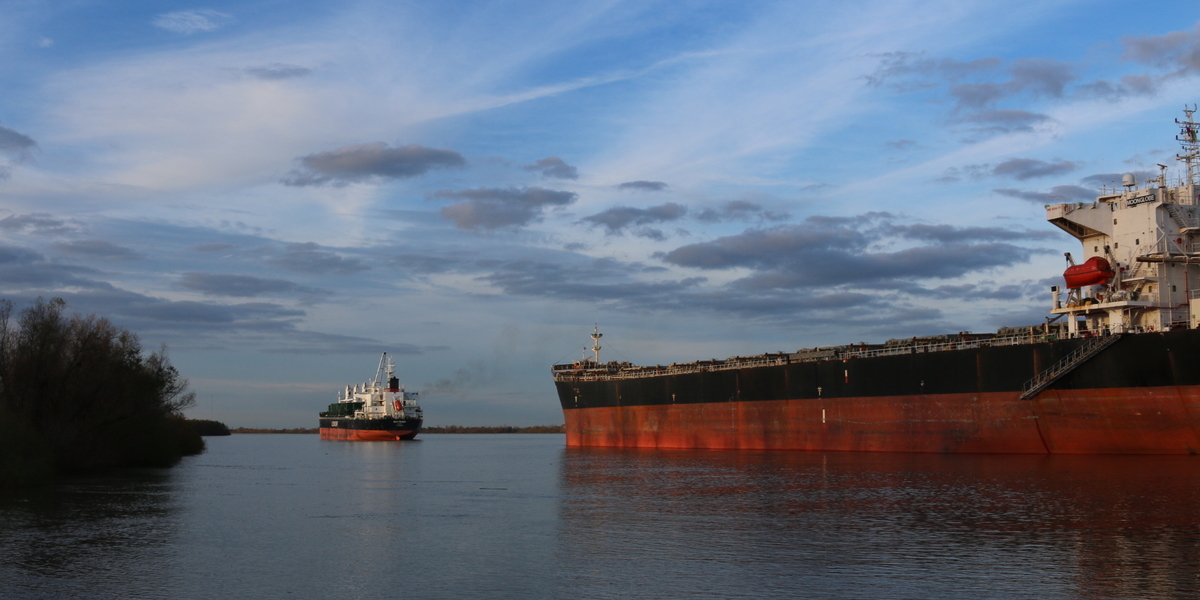
A trip down the Mississippi River is a study in extremes. At its northern point, it is ensconced in the protected old-growth forest of a state park. Its southern shores are dotted with oil refineries and industrial infrastructure. The water itself becomes progressively more polluted with runoff from agricultural and urban areas.
“I have made several recent trips to the outlet of the Mississippi River near New Orleans, starting my travels at Itasca in the boreal forest and ending in Louisiana bottomland on the same river,” says Jonathan Schilling, director of Itasca Biological Station and Laboratories.
“At Itasca, the river is hardly more than a stream with a footbridge you can walk across. At the other end near where it flows into the Gulf of Mexico, it’s wide and muddy with a heavily trafficked eight-lane bridge connecting one shore to the other,” says Schilling. “For all its contrasts, it remains shared water. There is a connection at a level deeper than words — it’s a cool thing — and it is worth exploring.”
Itasca Biological Station and Laboratories is the first research field station on the river. Schilling and colleagues at A Studio in the Woods, an artist residency and one site of the new Lower Coast Field Station, launched a collaboration this fall that pairs scientists and artists from both ends of the river.
“This exchange is about exploring the impact of human activities upstream through a creative dialogue between scientists doing place-based research and artists rooted in these very specific environments,” says Schilling. “The river is more than a waterway. It’s a place with practical value, but also great symbolism and meaning for people.”
The collaboration took shape over the course of the last year with a hand from the Weisman Art Museum at the University of Minnesota Twin Cities; A Studio in the Woods, a program of Tulane University’s ByWater Institute; and local and Native American community members and arts organizations near Itasca, including rural arts advocate Rebecca Dallinger.
The program, dubbed Big River Continuum, launched this September with a simple set-up: A New Orleans–based artist — Monique Verdin, member of Houma Nation — is spending a few weeks at Itasca learning about the place, the people and the science happening at and around the station. This winter, an artist from northern Minnesota — Karen Goulet, who is a member of White Earth Band of Ojibwe — will make the trek downstream to A Studio in the Woods. With Dallinger in a curatorial role, both artists are helping pilot the exchange with the goal to dial in something sustainable, fruitful and art-forward.
“This is not about adopting an artist’s medium to deliver a scientist’s message,” says Schilling. “We are untethering this dynamic to set it free as a collaborative. The Studio [in the Woods] has pushed this envelope already. There are some bold thinkers in our midst, and we think we can widen the conversation together.
“Ultimately, we hope that this partnership will contribute to a broader conversation about our relationship to the river — how we understand it and how we assign value to it,” says Schilling. “Art and science are two ways to build shared understanding of what is, as well as what could be. This is the essence of conservation.” —Stephanie Xenos